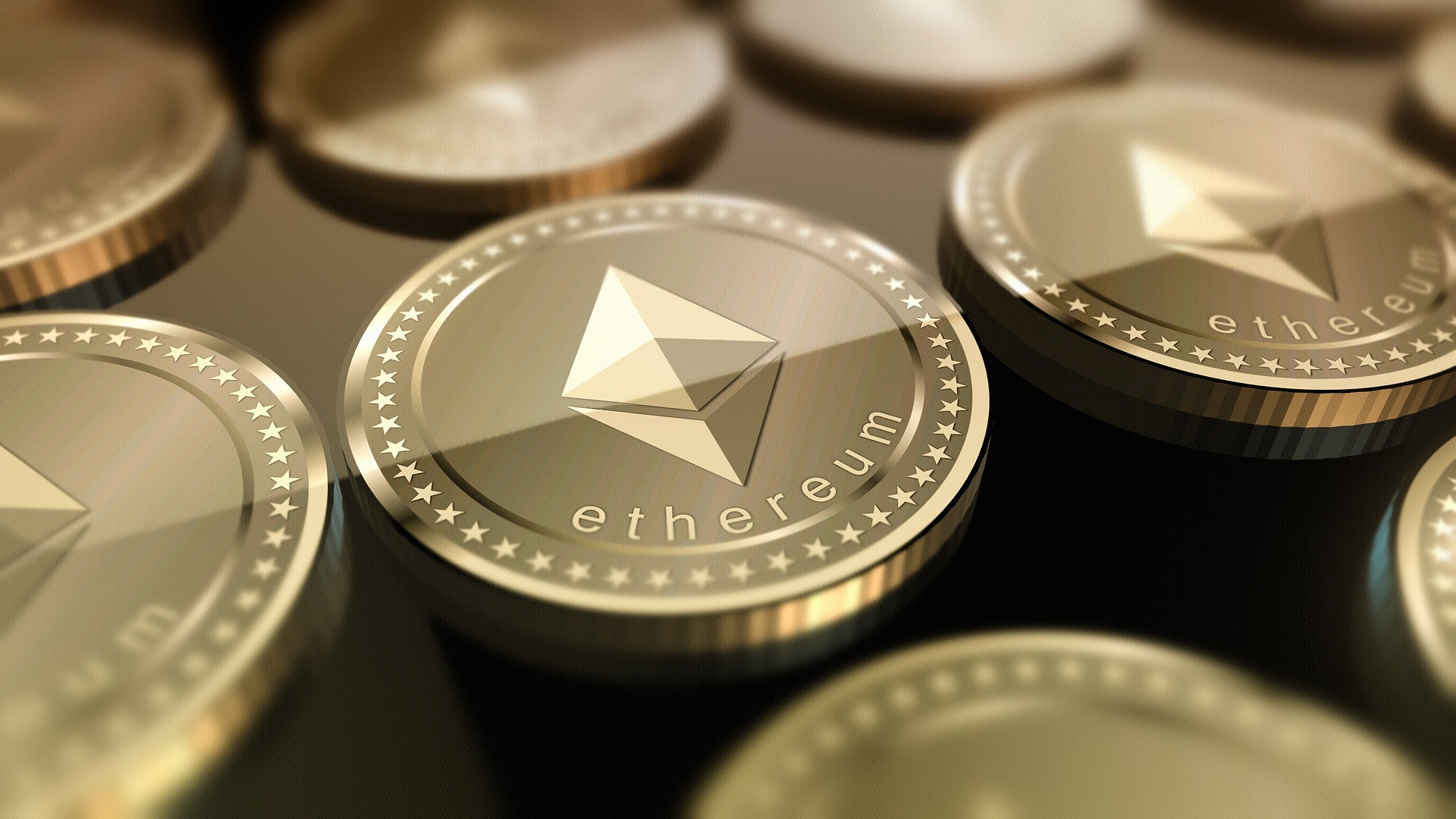Why is real estate tokenization likely to change the property market permanently? What are its benefits for developers and owners? What does the issuance of such tokens mean for small investors?
In the three years from 2016 to 2019, the value of the real estate market increased from $7.6 trillion to $9.6 trillion. Its importance is inalienable, not only because of its high value, but also because of the key role that real estate plays in everyone's life. At the same time, it is one of the most complex markets, full of ambiguities. So why would we want to introduce tokenization to it?
Real estate tokenization is the process of creating digital assets that represent a single property or their entire portfolio. Tokens are created and issued with the help of systems based on blockchain technology. Securities digitised in this way can solve a number of problems present in the traditional real estate investment model, such as a high barrier to entry or low liquidity.
A lot of doubts and inaccuracies have grown up around the term itself, so on the Nextrope blog we present the most important benefits of real estate tokenization and explain its process step by step.
Benefits of tokenization of real estate
Diversification of the investor group:
Property tokenization allows property values to be divided into smaller parts using a system based on Blockchain technology. This allows owners and developers to offer assets with a much smaller denomination than in the traditional investment model. Thus, they extend their distribution to a much larger and more diverse group of investors.
Allowing such miniature investments in large projects could seem highly unprofitable due to the need to involve intermediaries, each time securing the interests of both sides of the transaction. Thanks to smart contracts present in the blockchain, which are executed automatically, the involvement of intermediaries is not necessary, which significantly reduces costs.
Increase in liquidity
Real estate is a highly illiquid asset, which has so far increased the advantage of institutional investors over individuals. Tokens can be freely traded on dedicated platforms, where their price fluctuates depending on supply and demand. Liquidating an investment in a token worth a few dozen dollars is therefore much easier than selling a property worth several million. This is particularly important in the context of discounts for illiquid assets and liquidity premiums.
Easier price determination
Once tokenized, the value of a particular property on the secondary market is updated in real time based on order records. The paper-based systems currently used for this are much slower and full of asymmetries between the information provided by the parties involved.
Real estate tokenization - a new level of security
Blockchain provides the highest level of security among all digital solutions! Since tokens representing assets are protected by cryptographic encryption, in order to access them it is necessary to use private keys. And these are possessed only by token owners.
Real estate tokenization step by step
Tokenization of real estate can be divided into three stages:
1. Determination of the structure
The structure of the offering depends on a number of elements, including the type of asset, the jurisdiction and the applicable regulations. At this stage, issuers decide which property will be tokenized, whether it will be an existing or an emerging investment, and determine the legal status of the entire project (e.g. a real estate fund or a Special Purpose Vehicle with a single asset).
In addition, they establish the rights of shareholders - token holders. It is determined whether the investors have, for example, the right to dividends or asset management. Multiple tokens can also be created based on a single property, representing different investment classes. One token may represent, for example, equity and another may represent preference capital.
2. Choice of technology
At this stage a decision is made as to what blockchain protocol will be used for the project. Will it be a solution specially created for the purposes of the project? Or will one of the existing ones such as Ethereum or Hyperledger be used? The primary and secondary market for the tokens is then determined. Where should they be available for initial issuance? On which exchanges will investors trade them? An alternative is to create your own platform for issuing and trading tokens.
3. Creation and distribution of tokens
Once the technology decision is made and the transaction is structured, the next step is to launch the token and hand it over to investors.
Real estate tokenization - summary
By placing traditional assets inside an easily tradable token, digitised securities offer a range of entirely new benefits such as widening access to investment, lowering the barrier to entry and increasing the liquidity and transparency of transactions. These are improvements whose positive impact is immediately felt. Furthermore, implementing tokenization does not require turning the entire property market upside down. It is merely a significant improvement of the mechanisms already present there.
Therefore, we believe that real estate tokenization is one of the most promising uses of blockchain technology.
Want to know what else can be tokenized? Check out our article on precious metals tokenization.
 en
en  pl
pl 












